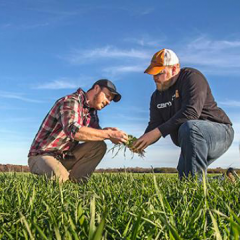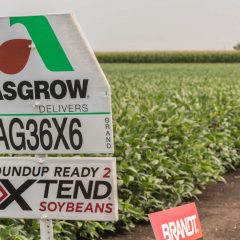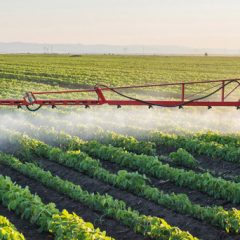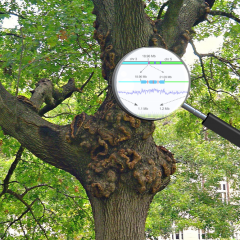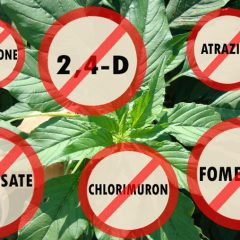Every once in awhile promising news comes along that gives rise to hope. For those struggling to find a reason to believe that meaningful change is possible in American agriculture, look no further than what Adam and Seth Chappell have accomplished on their 8,000 acre Arkansas farm. Their story is told well and in detail […]
Read More, References, Comment »
According to all reports, dicamba volatilization, drift, and crop damage has markedly worsened in 2020 in Iowa, as many expected it would. Bob Hartzler, a widely respected, experienced weed scientist at Iowa State, has published a July 8, 2020 blog entitled “Dicamba 2020: What went wrong in Iowa?” For the story of how we got […]
Read More, References, Comment »
Hygeia Note — The below email was sent to a group of individuals on June 1, 2020 by Lou Nelms, and is posted here with his permission. Words in [brackets] were added by Hygeia for clarity. Nelms has monitored the impact of dicamba and 2,4-D use, drift, and volatilization in Illinois since the beginning of […]
Read More, References, Comment »
Senior AgriPulse reporter Philip Brasher ran a provocative story in AgriPulse May 15, 2019 entitled “Blocked by GMO Politics, African Scientist Turns to 1950s Technology” (paywall, so no link possible). It reports that Dr. Kingdom Kwapata, a plant breeder trained at Michigan State University, returned to Malawi to work on cowpea genetics. This legume, also […]
Read More, References, Comment »
In a carefully orchestrated exchange during an April 9, 2019 House Appropriations Committee hearing, the U.S. Secretary of Agriculture Sonny Purdue asserted that Europe is an “[ag] technology-free zone” and will pay a big price as agricultural productivity suffers. What prompted this striking assertion? Coverage of the Secretary’s comments in EURACTIV.com identifies what prompted the […]
Read More, References, Comment »
Another paper was just published in the peer-reviewed journal Scientific Reports that identified “microbiome perturbation” following “occupationally relevant” doses of an herbicide (Tu et al., 2019). We have reported before that glyphosate was shown to impact the gut microbiome in honeybees, but this time it was the herbicide 2,4-D administered to laboratory mice. An auxin herbicide, […]
Read More, References, Comment »
Reprinted with permission from an email update sent March 26, 2019 by Steve Smith, Senior Director of Agriculture for Red Gold and Chairman of the Save Our Crops Coalition. Links and photos added by Hygeia. For background on the dicamba drift crisis, see our Special Coverage. Updates are coming fewer and farther between as the […]
Read More, References, Comment »
The U.S. federal pesticide law is called the Federal Insecticide, Fungicide, and Rodenticide Act, or FIFRA. Ever wonder why FIFRA seems so feckless in dealing with the deepening economic, ecological, and public health problems arising from excessive reliance on herbicides in major row-crop weed management systems? Might no “H” in FIFRA have something to do […]
Read More, References, Comment »
A research team led by scientists with the Salk Institute for Biological Studies in California have applied the latest gene sequencing and mapping technology to take a closer look at the unintended consequences of the method most commonly used to create genetically engineered plants, including today’s herbicide-resistant varieties of corn, soybeans, sugarbeets, and cotton, as […]
Read More, References, Comment »
In an experiment conducted in Missouri, researchers have identified Palmer amaranth that is resistant to six herbicides. Amaranthus palmerii is a one tough weed. When full grown, at its base, stalks can match the circumference of a man’s wrist. One plant can set over 400,000 seeds. It has a long history of herbicide resistance, and […]
Read More, References, Comment »

